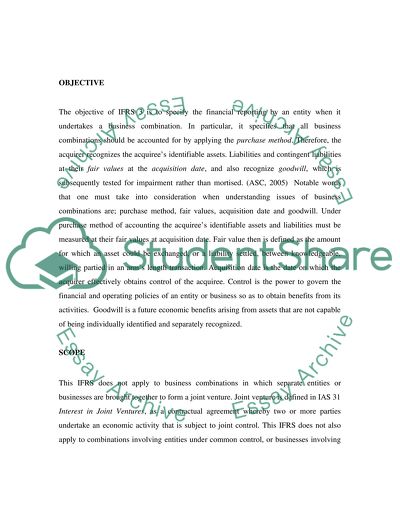Cite this document
(“Critical Evaluation Of Ifrs 3 In Relation To Clear Reporting Essay”, n.d.)
Retrieved from https://studentshare.org/miscellaneous/1521663-critical-evaluation-of-ifrs-3-in-relation-to-clear-reporting-requirements-for-business-combinations
Retrieved from https://studentshare.org/miscellaneous/1521663-critical-evaluation-of-ifrs-3-in-relation-to-clear-reporting-requirements-for-business-combinations
(Critical Evaluation Of Ifrs 3 In Relation To Clear Reporting Essay)
https://studentshare.org/miscellaneous/1521663-critical-evaluation-of-ifrs-3-in-relation-to-clear-reporting-requirements-for-business-combinations.
https://studentshare.org/miscellaneous/1521663-critical-evaluation-of-ifrs-3-in-relation-to-clear-reporting-requirements-for-business-combinations.
“Critical Evaluation Of Ifrs 3 In Relation To Clear Reporting Essay”, n.d. https://studentshare.org/miscellaneous/1521663-critical-evaluation-of-ifrs-3-in-relation-to-clear-reporting-requirements-for-business-combinations.


